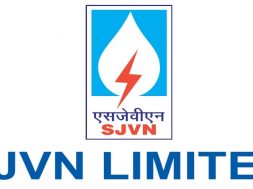
In Short : India’s heavy industries, including steel and cement, can integrate up to 20 GW of solar power via open access, reducing coal dependence and cutting carbon emissions by 29 million tonnes annually. Odisha and Chhattisgarh lead this transition with favorable policies. This shift enhances sustainability and cost efficiency, supporting India’s clean energy goals.
In Detail : India’s heavy industries, including steel, cement, and aluminum, have a unique opportunity to integrate up to 20 gigawatts (GW) of solar energy through open access mechanisms. By tapping into this potential, industries can significantly cut their reliance on captive coal generation, leading to lower energy costs and improved sustainability. This shift aligns with India’s broader goals of decarbonization and energy transition.
The adoption of solar energy could help reduce carbon emissions by approximately 29 million tonnes annually. Many industrial clusters, particularly in energy-intensive sectors, are exploring alternative energy sources to comply with evolving environmental regulations. Solar power offers a cost-effective and scalable solution that aligns with their long-term growth strategies.
Odisha and Chhattisgarh emerge as key regions for this transition, accounting for nearly 40% of the solar open-access potential. These states have favorable policies, including exemptions on transmission and wheeling charges, making solar adoption more economically viable for large-scale industries. Other industrial hubs are also evaluating policy changes to encourage the use of renewable energy.
Despite the potential benefits, some challenges remain in fully transitioning to renewable energy. Industries heavily dependent on round-the-clock energy supply may find it difficult to integrate intermittent solar power without advanced energy storage solutions. However, hybrid models that combine solar with other renewables, such as wind, can help bridge this gap.
Government incentives, policy support, and advancements in solar technology are making renewable energy a more attractive choice for industries. Companies that proactively invest in solar infrastructure could gain a competitive edge by reducing long-term operational costs and ensuring compliance with stricter carbon regulations. Financial institutions are also stepping in to provide funding solutions for industries adopting green energy.
As India moves towards its ambitious renewable energy targets, heavy industries play a crucial role in driving large-scale adoption. By leveraging solar power, they can not only reduce emissions but also enhance energy security and cost efficiency. With the right strategies and policy support, the 20 GW solar opportunity could be a game-changer for India’s industrial sector.











